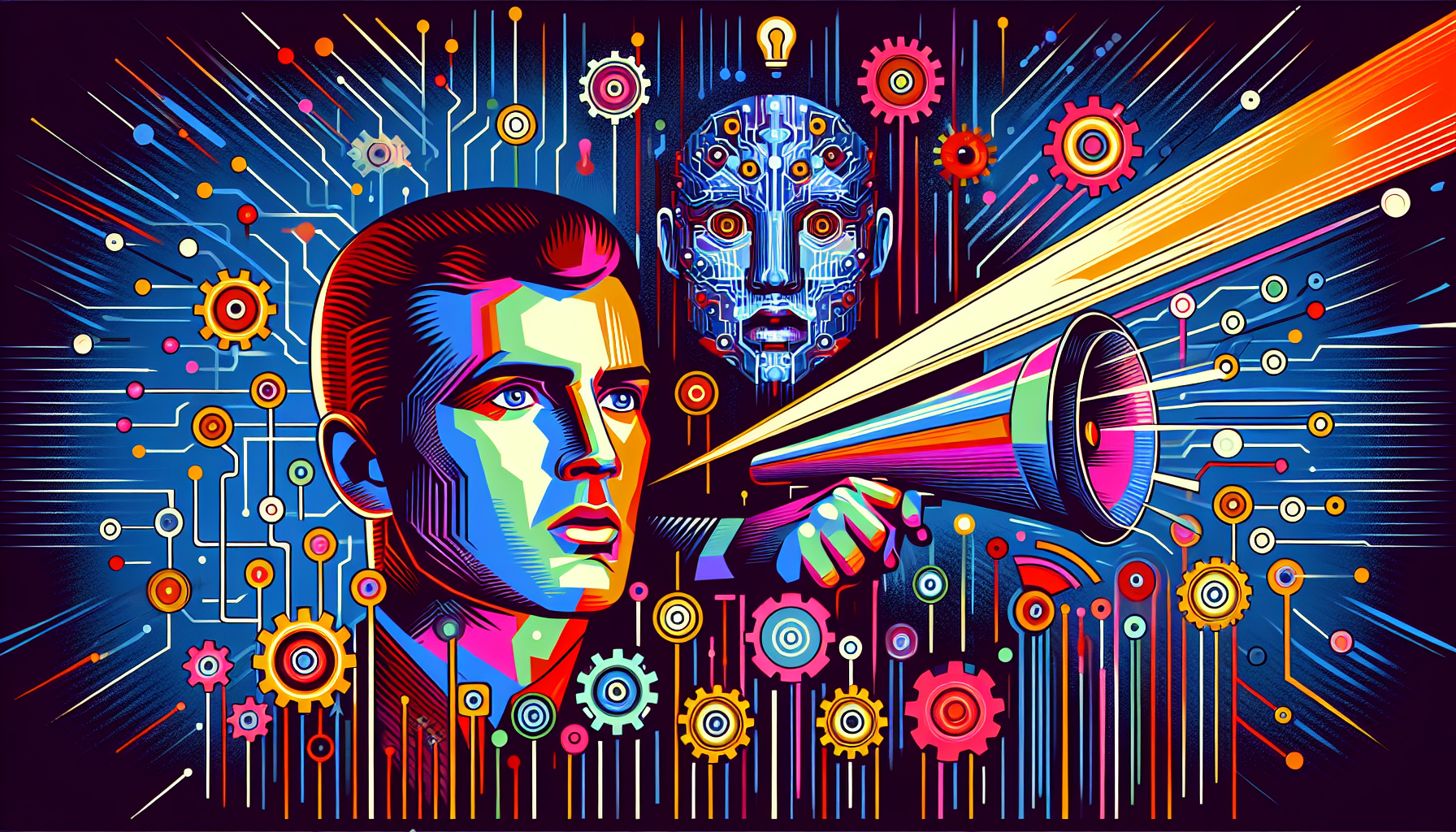
The Rise of AI in Hollywood
Amidst the glitz and glamour of the Newport Beach Film Festival, none other than Nicolas Cage took center stage, offering wisdom to young actors with a side of dire warnings about the advent of artificial intelligence (AI) in Tinseltown. No, it wasn’t just another quirky Nicolas Cage performance; this was the real deal, and he was serious.
Cage’s dire predictions paint a future where studios, armed with AI wizardry, could morph actors’ performances faster than you can say ‘computer-generated imagery.’ He cautioned that everything, from an actor’s face and voice to their line deliveries and body language, could be digitally transformed in post-production, transforming performances into something resembling a fun house mirror effect.
The All-Powerful Digital Replica
His primary villain of the piece? The Employment-Based Digital Replica (EBDR). Picture this: a digital doppelgänger created from an actor’s physical participation in a specific project, like a doppelgänger created in the studio’s high-tech cauldron. On one hand, it sounds like sci-fi magic, but in Cage’s view, it holds the power of overhauling the authenticity actors cherish and protect.
Playing devil’s advocate with the notion of EBDR, Cage pointed out the ethical quagmire it creates. Designed as a feature of the SAG-AFTRA agreement to ensure actors aren’t wiped off the financial map, the realist in him pointed out the creeping control these digital facsimiles lend to the studios. Less ‘protecting your paycheck’ and more ‘Big Brother’s watching your performance,’ if you will.
A Personal Brush with Digital Destiny
Cage, never one to shy away from sharing personal tales from the celluloid trenches, recounted his own digital metamorphosis during a cameo in 2023’s ‘The Flash.’ His performance was altered by the almighty mouse click, underscoring his cautionary message and making the audience wonder if AI might one day have the power to recast ‘Leaving Las Vegas’ with animated avatars.
Warning signs, such as these, dip Cage’s combative energy into the pool of AI – the technology that could reshape the very cult of film acting. To the young thespians, he passionately advised fortifying their unique artistry. After all, MVMFMBMI isn’t just a cryptic license plate but a clarion call: ‘My voice, my face, my body, my imagination—my performance.’ May it bugle across Hollywood’s hills to safeguard creativity itself.
While the stalemate between artists and AI presses on, Cage’s premonitions serve as a reminder. Cage, with his distinctive flair, has always been a step ahead in envisioning the cinematic future – sometimes disturbingly accurate, other times delightfully wild, but always worth the feature-length monologue. Let the face-off between actors and AI begin, but let us keep one simple truth in mind: not everything can be replicated, not even the magic of Nicolas Cage.






